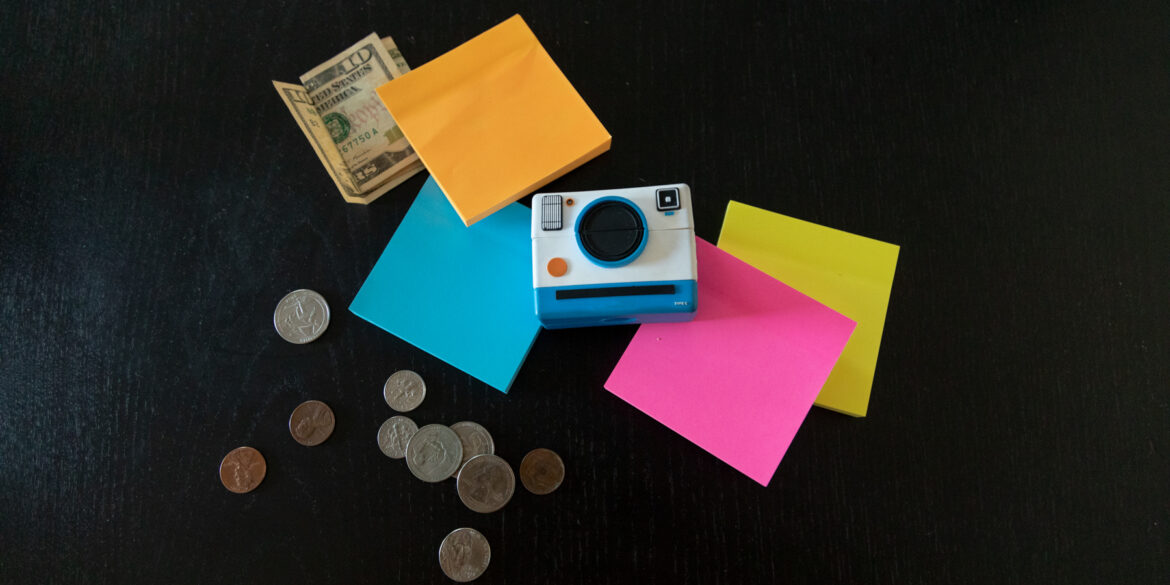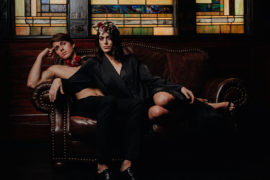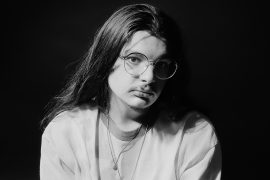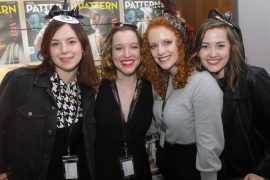Photography can be an expensive career, but when you’re starting out, you can still get by on a small budget. Here are some tips to make the most of your money:
If you’re just starting out, you might not have a complete set of camera equipment yet. Here’s the thing: you don’t need a ton of equipment to get started. In some instances, shooting with your phone is a good starting point. You get experience shooting and perspective on whether photography is something you want to do professionally. If you want to get more advanced, you can splurge and go all out, but in the meantime here are some ways to take great photos without breaking the bank.
Buy Used Equipment
But don’t think you need to go straight from a phone to the latest and greatest gear available. This is when buying secondhand equipment might be a good option for you. You can get a full-frame camera for a fraction of the cost. Take a Canon 5D MK III for example. It is a great full-frame camera with 22.3 megapixels and a nice dynamic range as well as HD video capabilities. Getting this camera brand new, with no lens included, will set you back $1600. However, sites like Adorama and Amazon offer it used in good condition at $550. This is even cheaper than some of the entry-level cameras that are available on the camera market.
Rent Equipment
Another great option that is available to you is to try the equipment before you buy it. This is a good way to see if you really need that new lens you’ve been eyeing: give it a trial run before committing. Head to your local photography store or go to a trusted site like borrowlenses.com to rent equipment to test out. Then, you’ll be able to know if you would get enough usage from the equipment to justify investing in it.
Use Natural Lighting
When you’re getting into photography, one thing you’ll want to consider is lighting. Don’t worry if this isn’t in your budget right now–there’s a great alternative to use before you need to invest in lighting: the sun. Utilize natural light to your advantage! Especially when you’re still getting your feet wet in photography and doing shoots for others, whether test shoots with modeling agencies or doing family portraits, it’s the perfect option and at no added cost. There’s a reason so many photographers only use natural light for their work; the quality on the skin is beautiful. Try adding in a reflector to help fill in the harsh shadows the sun often causes.
With natural light, there are ways you can mimic what you’d produce in a studio setting. Buying sweeps for your backdrop in different colors is a huge expense, but there are ways to DIY a full sweep. One way is to buy bed sheets and use light stands to clamp them up. You might get some fabric ripples here and there, but depending on the look you’re going for, this might be something you like. If you’d prefer just a solid color without ripples, you can use Photoshop to remove unwanted artifacts and create a seamless backdrop.
Test Studio Lighting
If you decide you want to do more studio work, this is when investing in lighting would be good for you. You don’t have to start out with the $1000 strobe light. Instead try opting for one or two entry-level lights like the AlienBee800. Another option to consider before buying lighting is to find a local photo studio that rents out their space to photographers. Oftentimes they have lighting equipment that you can add on to your booking. While you would have to rent and pay for the space for an hour, it gives you a better idea of if studio lighting is something you do want to invest in.
Work with a Team
Another area that you can budget on is a stylist and hair and makeup artist (HMUA). Stylists and HMUAs are typically paid for shoots, but if you’re just starting out, that may not be a cost-effective option. Rather, reach out to them and ask if they need any updated work in their portfolio. If yes, this is when a trade for photos (TFP) situation will work to your advantage. They need images to further their own career, and you need them to help pull the shoot off and elevate your own work as well.
TFPs are also a good way for you to reach out to models who are starting out. Similar to stylists or HMUAs, models need good quality images to build their portfolio. Shooting up-and-coming models could be a good start to a working relationship with modeling agencies—if they see you produce good work, they’ll be more inclined to send you their newly signed models to photograph. It’s a win-win situation!
Photography can be a very expensive field. Starting out, you don’t need the most expensive gear available. Once you know this is the field you want to be in, there are budget-friendly options to try first before shelling out thousands of dollars. As you build your portfolio, you’ll have more opportunities for paid gigs that will allow you to invest in more gear down the line. Don’t worry if you start out small. Everyone does, but beginning small doesn’t mean you can’t dream big. As motivational speaker Oscar Bimpong once said, “The car headlights can only see 20 meters ahead, but can take you on a 1,000 mile journey. Meaning: start small, but think big.”
Interested in more photography how-to’s? Check out two lighting guides here and here, as well as a master guide on editorials here.




